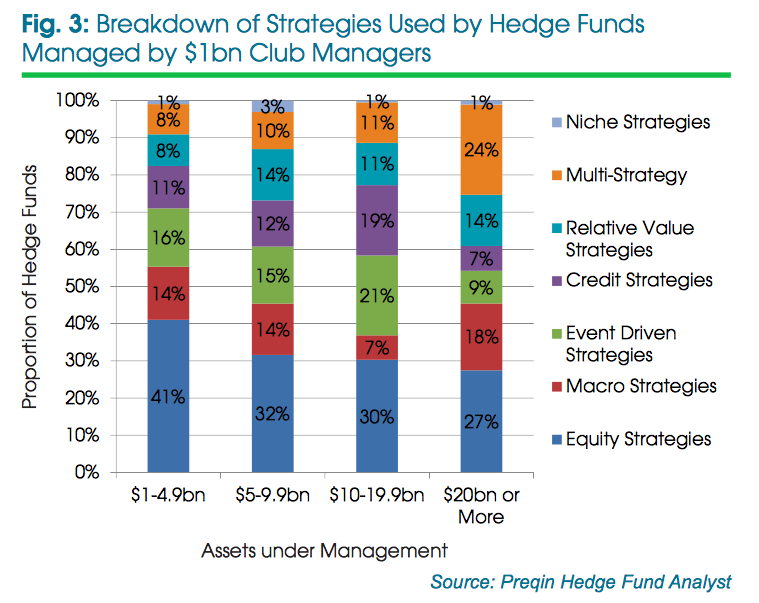

Benefits and Considerations of Mutual Funds.“But if you’re worth a damn, you don’t bother with putting on a suit. All you need to do is put up numbers,” he said. “You don’t need to fit some cultural stereotype. The Connecticut trader disagrees, but only to a certain extent. The same cannot be said on the sell-side. "In the world of hedge funds, the worse you dress, the more successful you are," said one buy-side analyst. You won’t fit,” Drew Froelich, founder of Strategic Growth, a New York headhunter that specializes in front-office asset management placements, told us previously. “If you show up in a suit and tie, you’re likely out. ”įor some, what you wear to an interview is an indicator of how well you’ll mesh. “There are enough talented people out there that aren’t. “The last thing I want is this place to feel like an investment bank” he said. “All of these roles require multiple skills you can’t just be good at only one thing."Ī New York hedge fund manager at a somewhat new quant fund not-so-reluctantly admits that he goes out of his way to avoid hiring from the sell-side. “ misperception is that you need to be a rock star at just one thing,” Hart says. And operations is riddled with many important details to learn, she noted. Being successful in sales and marketing requires time to cultivate relationships and learn the art of persuasion and selling techniques. On the investment side, you need to have real-life experience through many market cycles to appreciate how markets turn, says Victoria Hart, a portfolio manager at Pinnacle View Capital Management. This means that you usually can’t be a specialist with only one sharpened skill. Most hedge funds have just a few dozen employees, if that. The big names in the industry that make all the headlines employ thousands of people. “We don’t put in 100-hour weeks, but people who come over from the sell-side are usually shocked when they realize we don’t work an 8-4,” the Connecticut trader said. The madness that takes place during market hours means that much of the research that takes place is done before or after hours. “One of the biggest misconceptions people have is if you work at a hedge fund then you don’t really have to do a lot and you make a lot of money and you have a great life forever, but that’s not reality,” says Afroz Qadeer, the CEO of Kettle Hill Capital Management and a member of the Mid-Atlantic Hedge Fund Association. “People think you’re essentially a master of the universe, but in reality, you put in a lot of hard work, a lot of long hours."

While it’s well-known that buy-side employees are up early and arrive well before the bell rings, the idea that most people leave when the market closes is a bit of a fallacy. I’m not sure that will ever stop.”Īnother misconception around working for a hedge fund is that your hours mirror that of the market. The theory is that no one will want to invest money with someone who isn’t already incredibly wealthy, he said. “Part of working in the industry is keeping up the perception that we all make millions,” he said.

Recent investor pressure over fees have made huge paychecks even more rare, according to one buy-side trader in Connecticut. Less than 10% earn more than $1 million annually. Roughly half the people who work at hedge funds make less than $300k, according to the latest hedge fund compensation report. While owners of large hedge funds and well-established portfolio managers take home seven-figure salaries, most investment professionals at hedge funds make well less than what many outsiders anticipate.


 0 kommentar(er)
0 kommentar(er)
